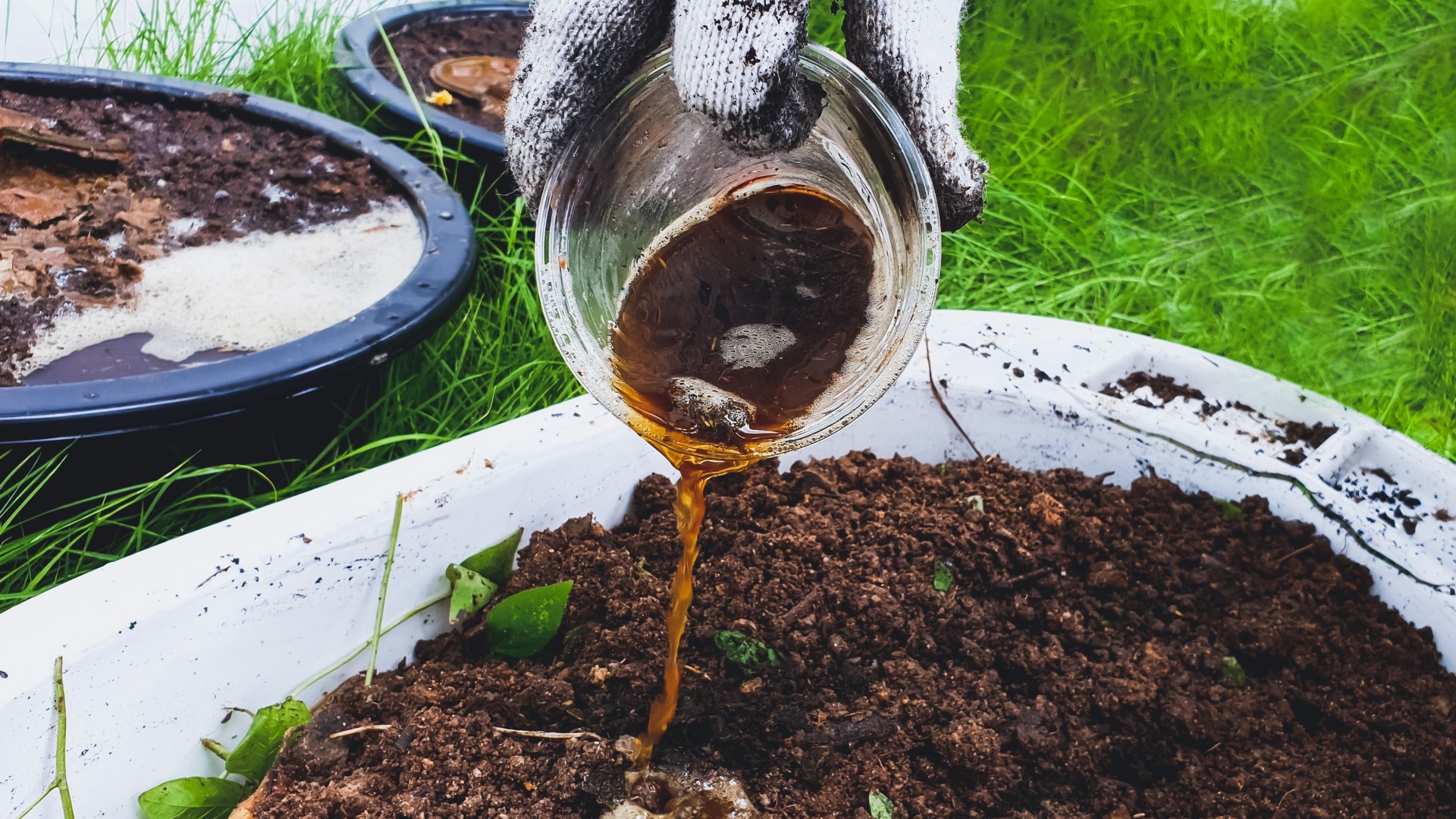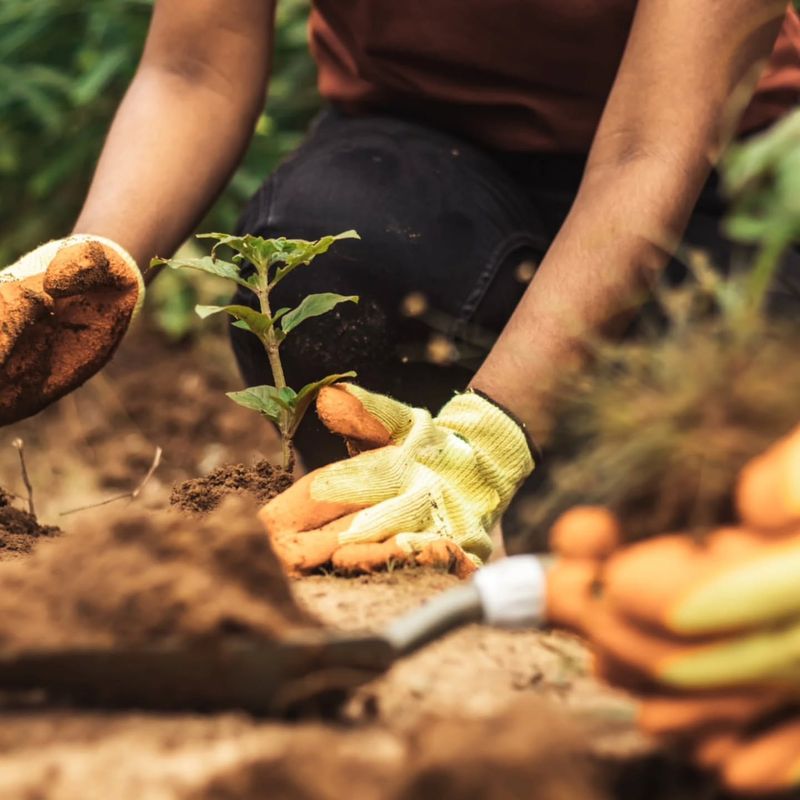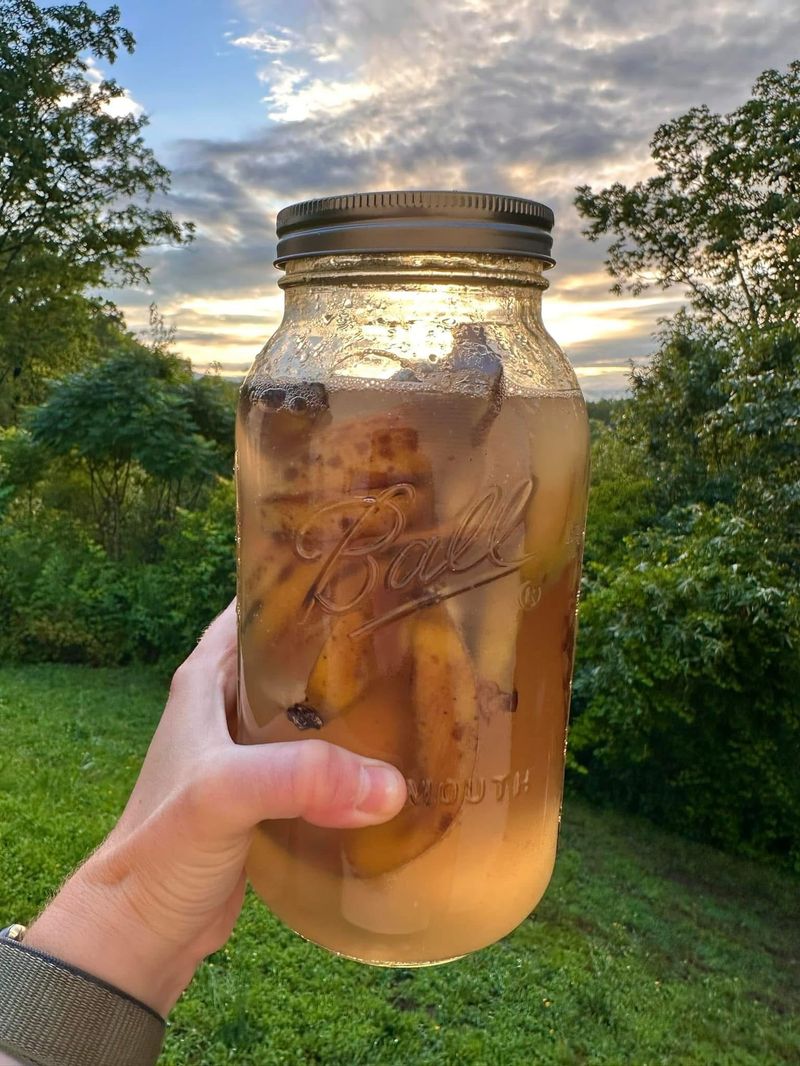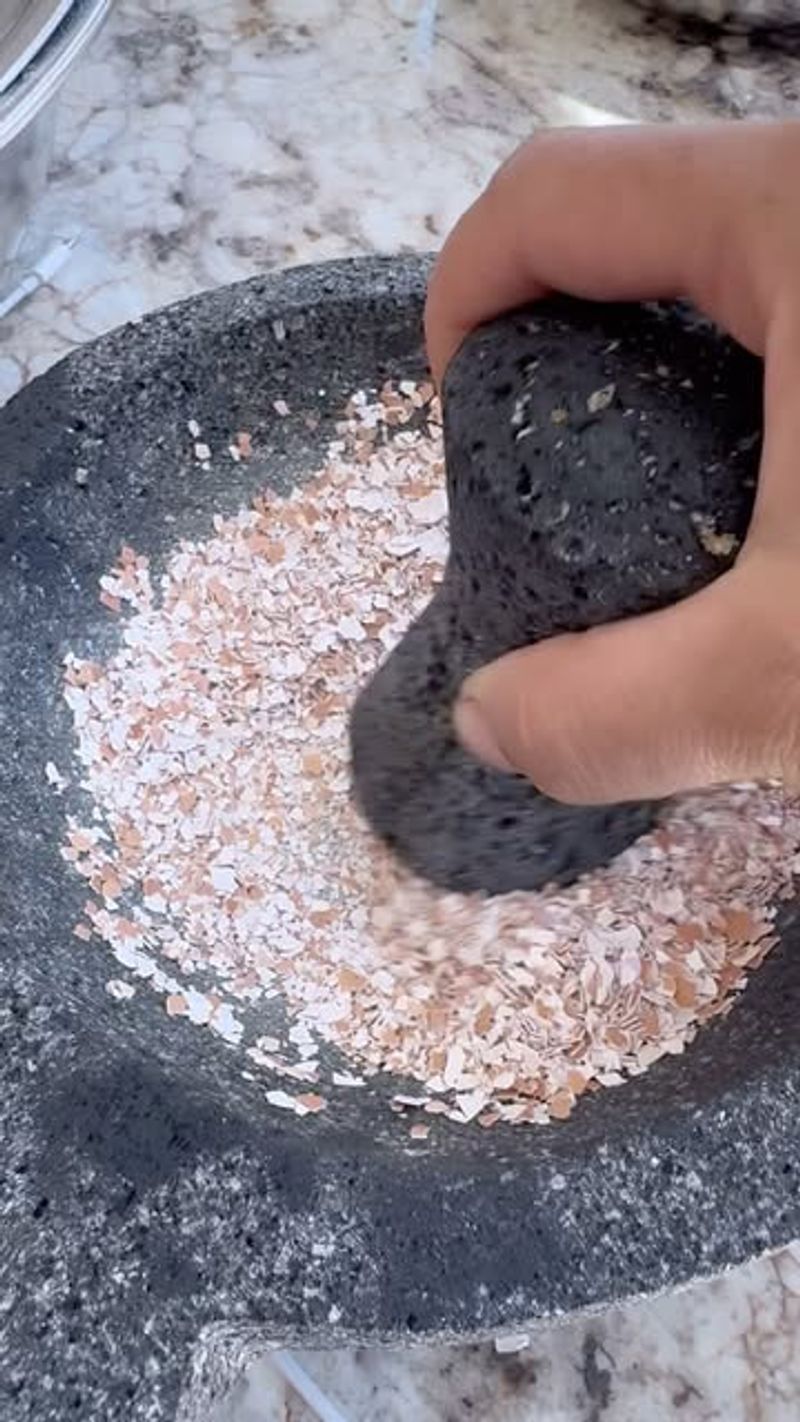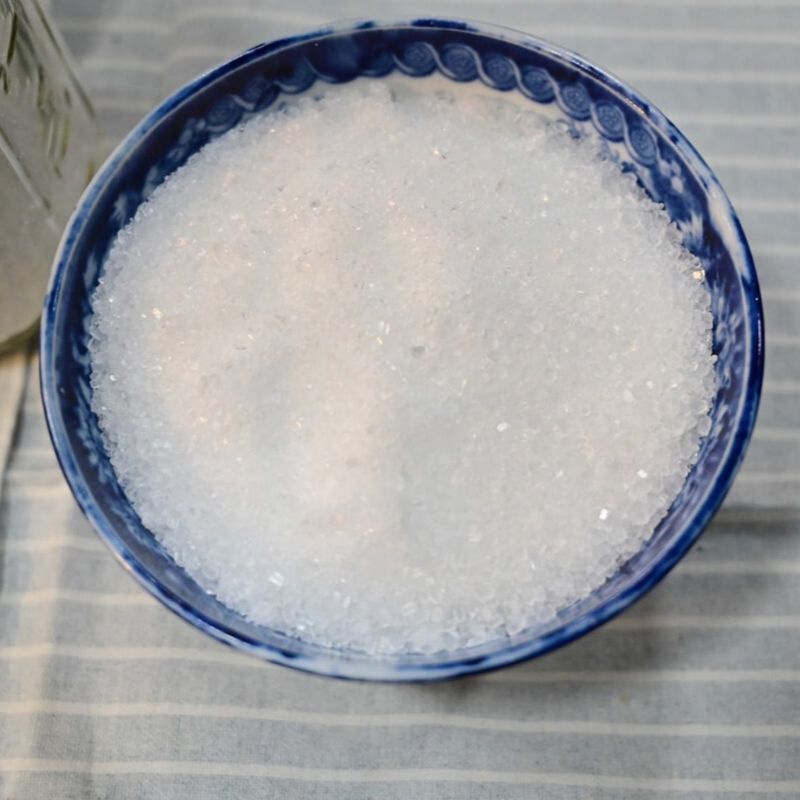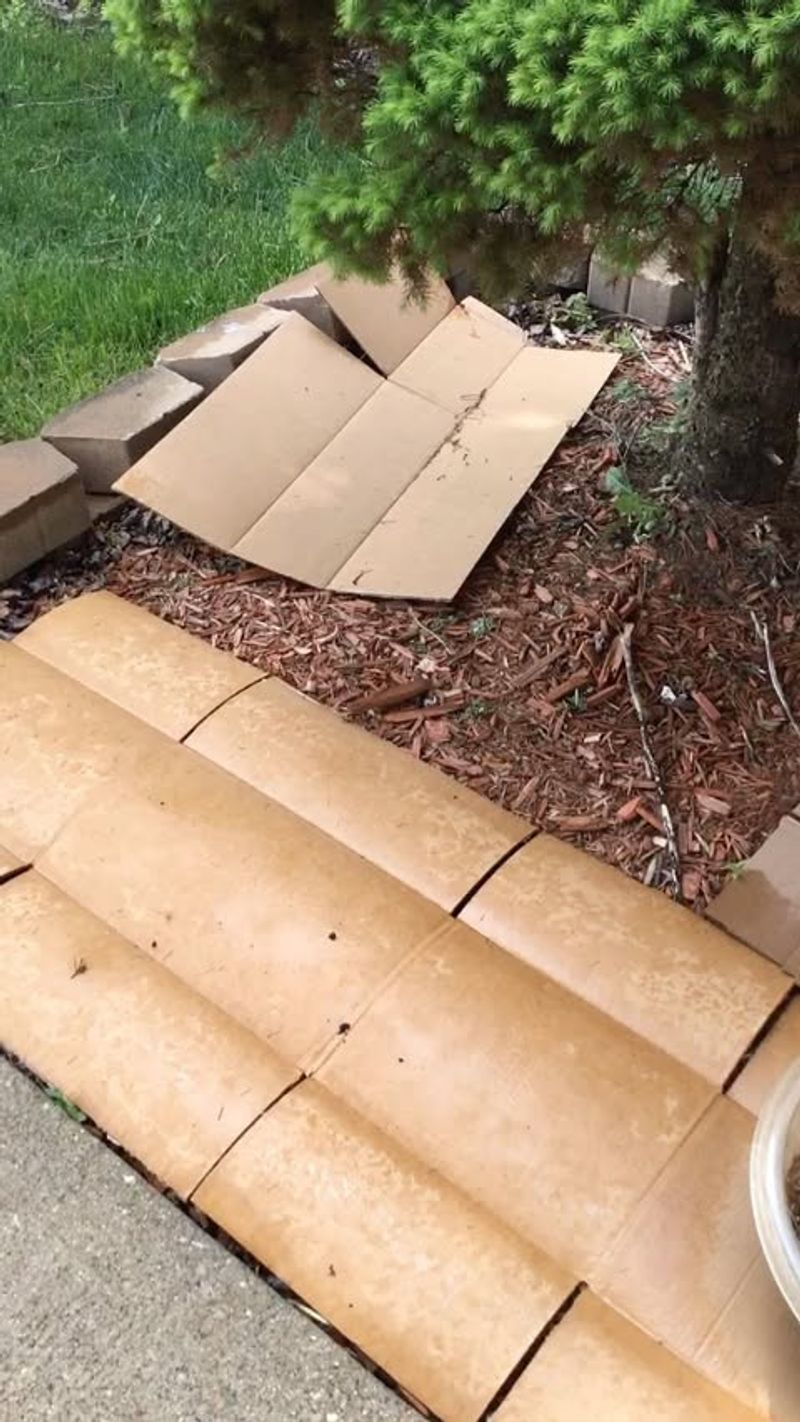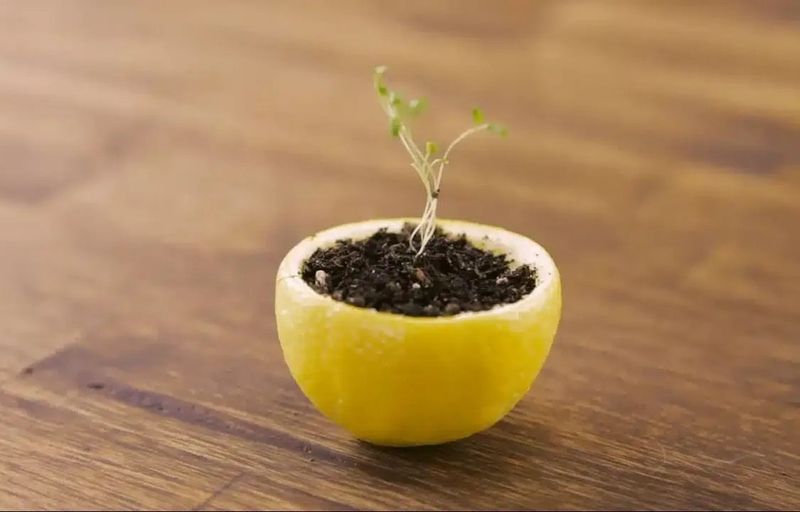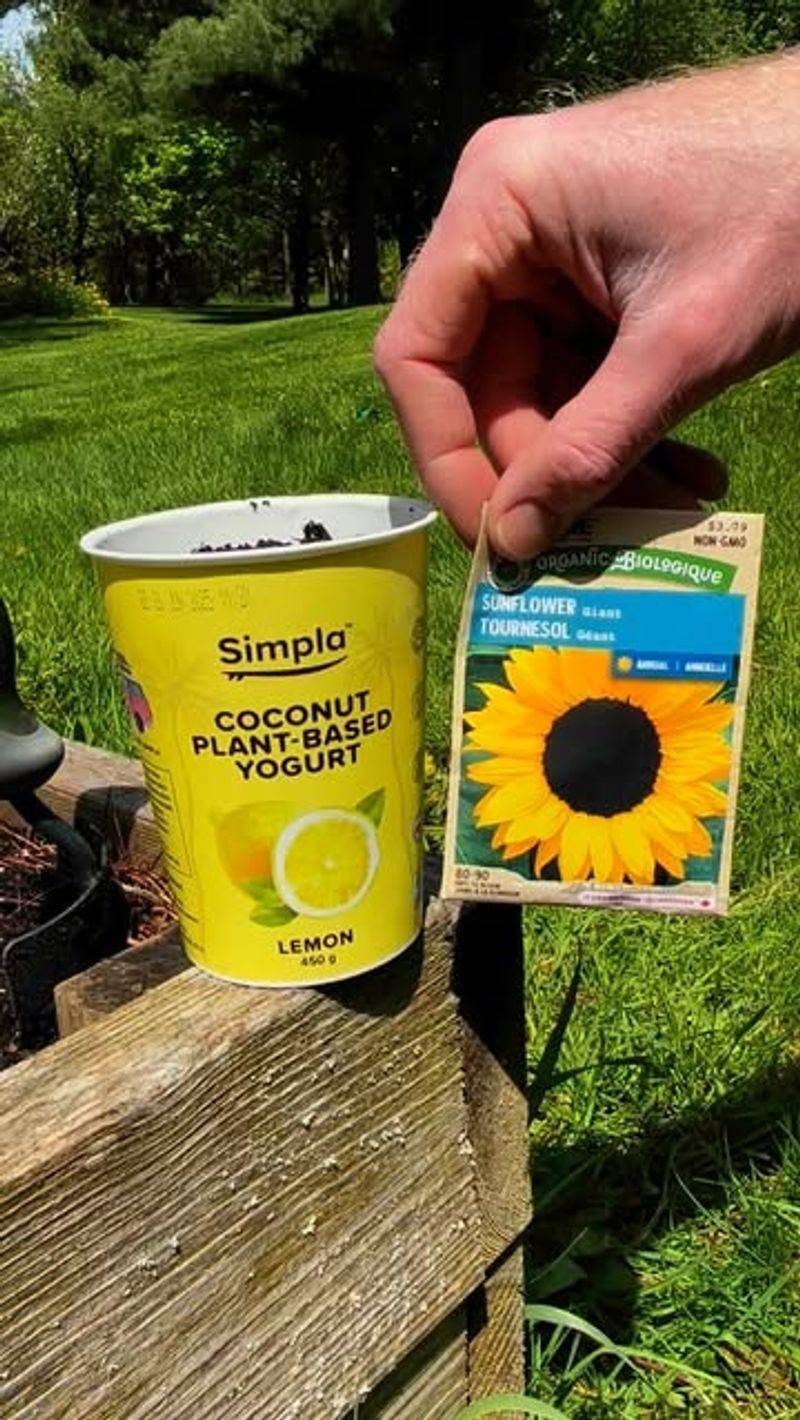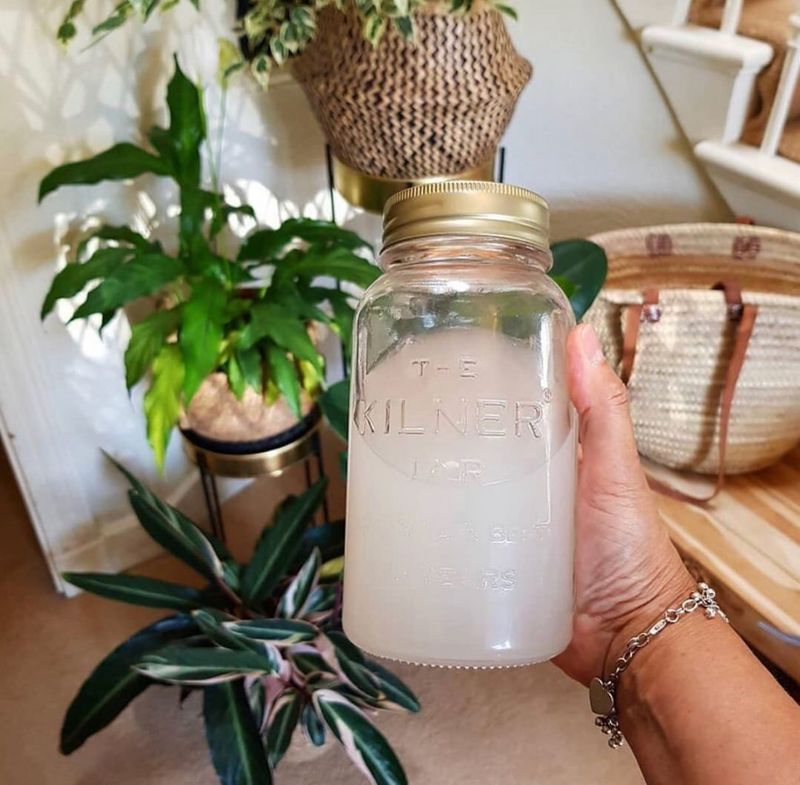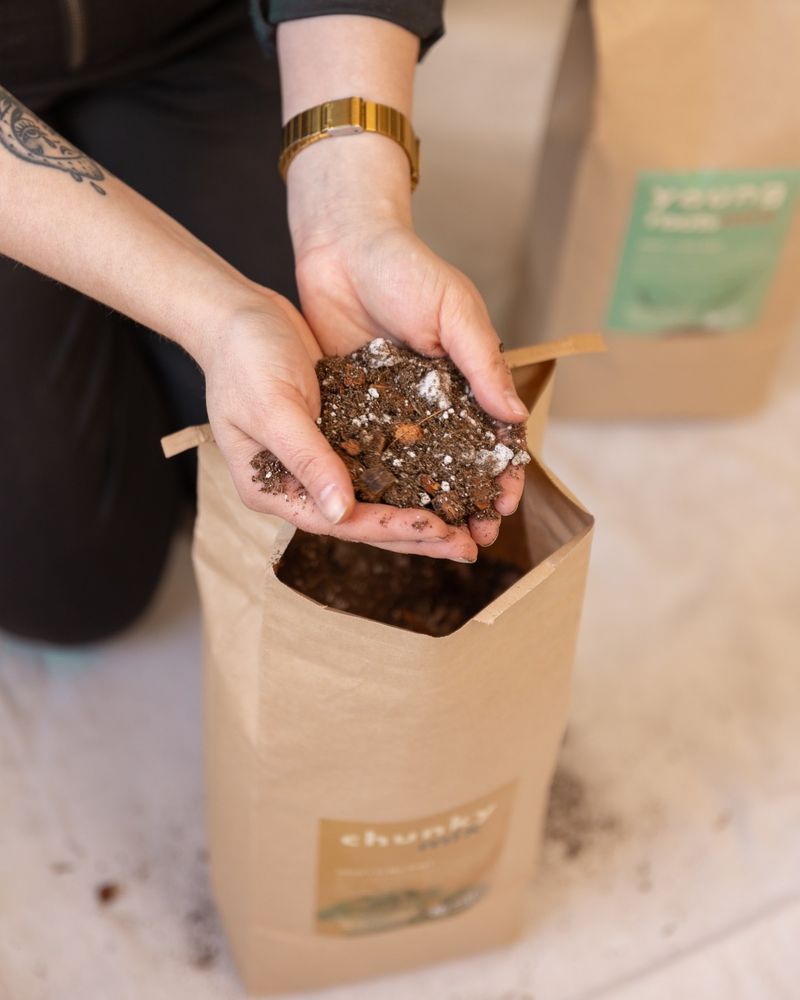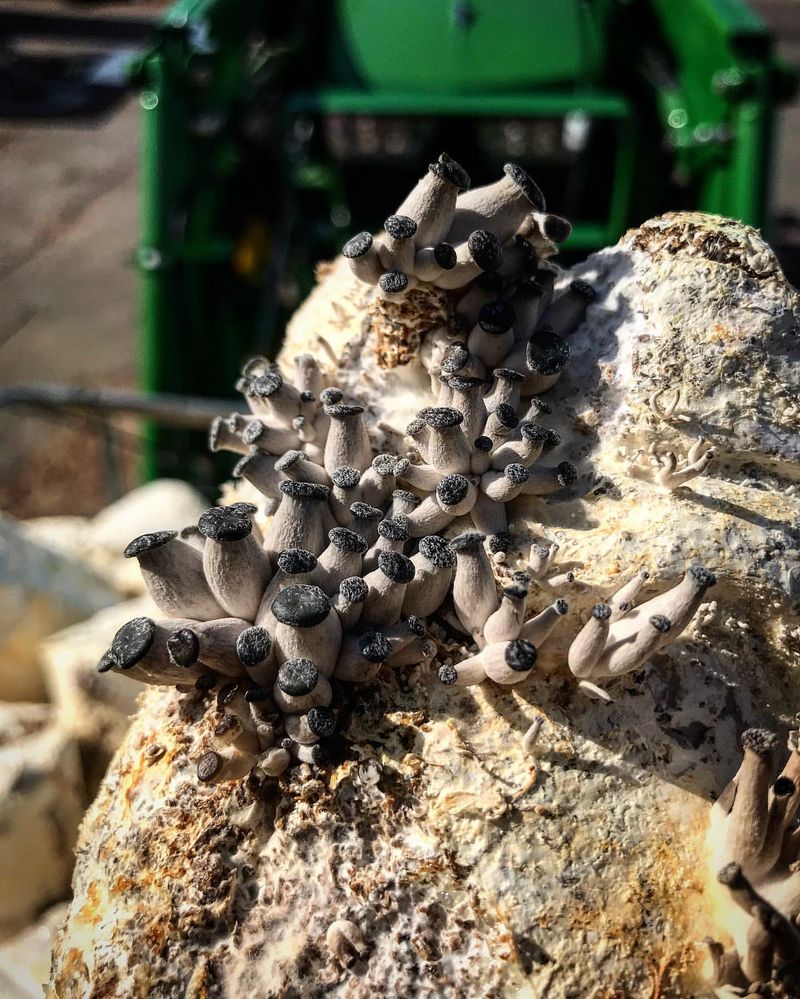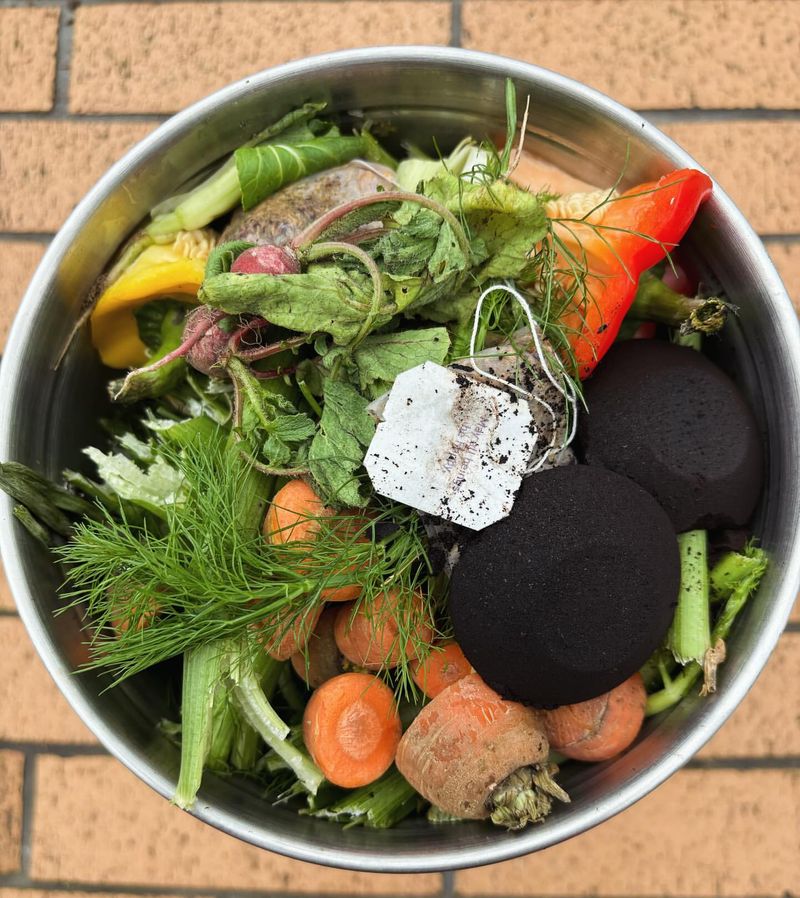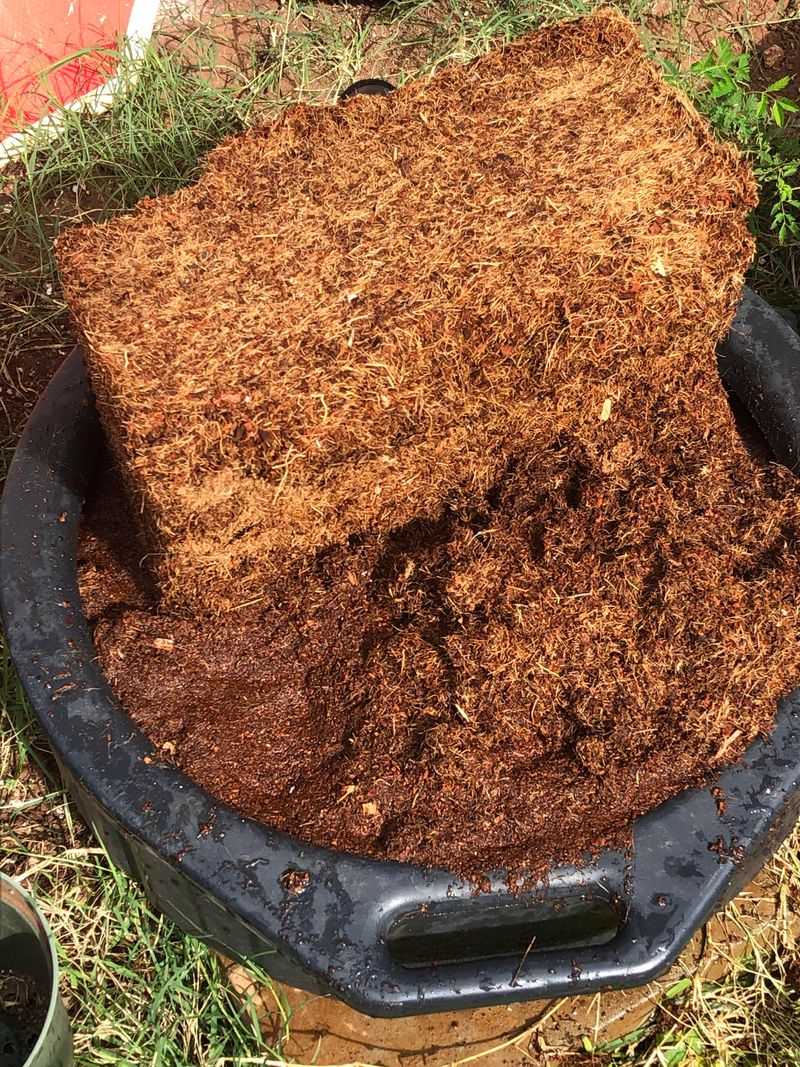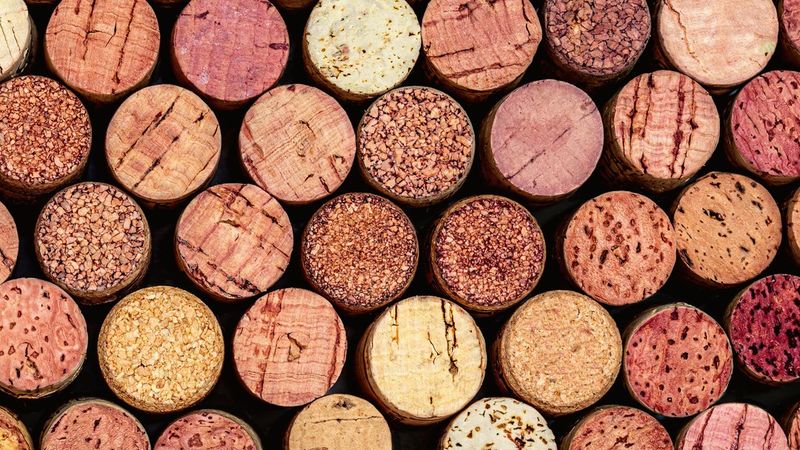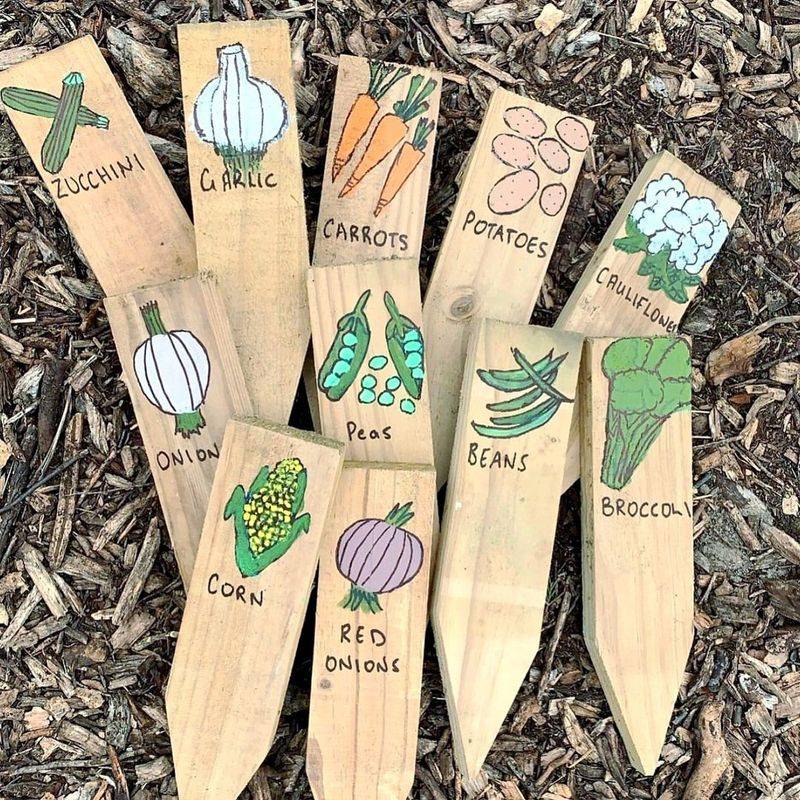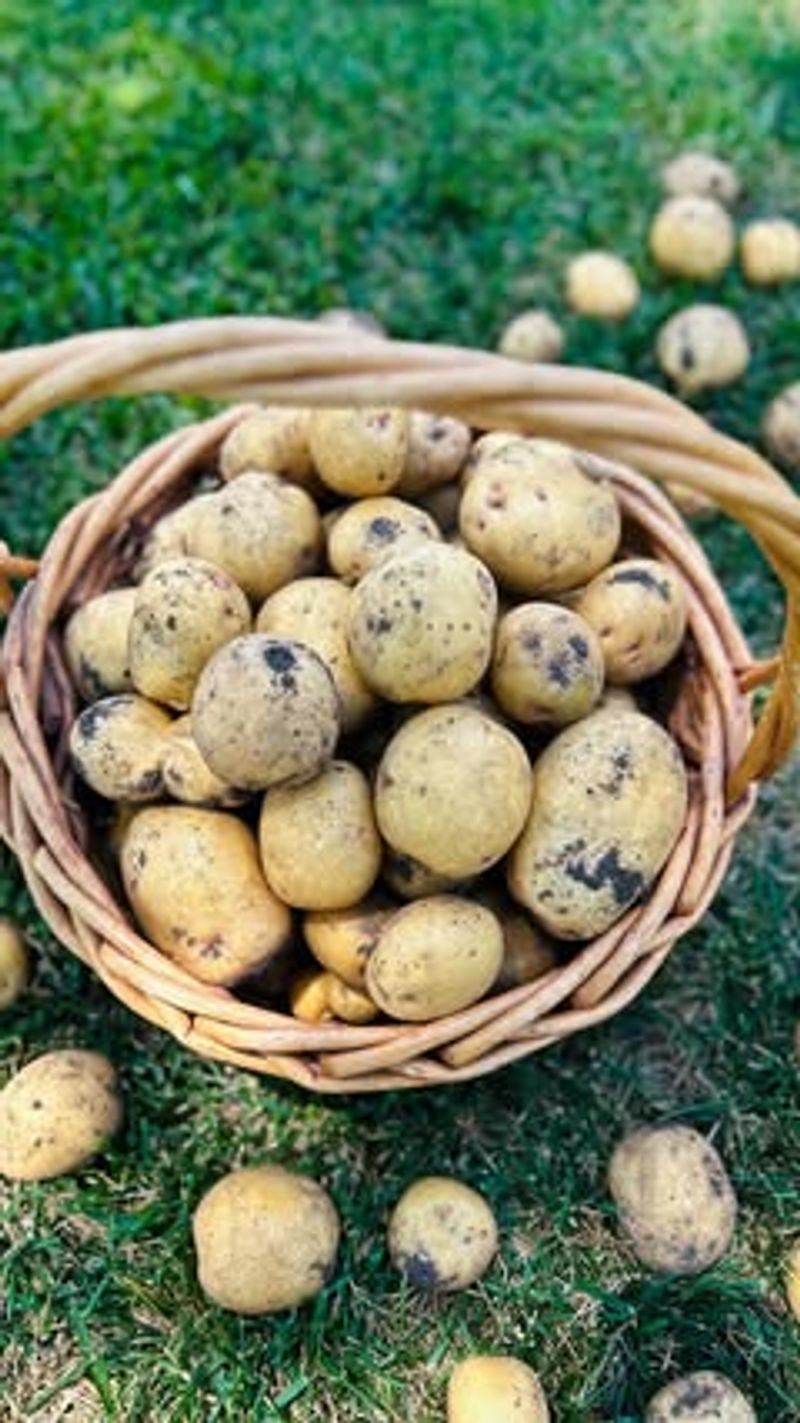In a city where space is tight and soil is often an afterthought, I never expected a grocery store staple to transform my garden beds. But now? I’m not the only New Yorker hooked on this cheap, no-fuss soil booster.
It’s easy to find, easy to use, and the results are downright impressive—healthier plants, richer soil, and fewer expensive bags from the garden center. This hack’s too good to keep secret.
1. Coffee Grounds Magic
Used coffee grounds from morning brews work wonders in soil. They add nitrogen and improve drainage while deterring pests like slugs and snails naturally.
Many New York cafes now offer free grounds to customers who bring containers. Urban gardeners mix them directly into soil or add to compost bins for extra richness.
The slight acidity makes coffee grounds perfect for acid-loving plants like blueberries and azaleas that struggle in the city’s often alkaline soil.
2. Banana Peel Fertilizer
Banana peels pack a potassium punch that plants crave. New Yorkers save these yellow gems instead of tossing them in the trash.
Simply bury chopped peels directly in soil or soak them in water for a week to create a nutrient-rich “banana tea” for watering plants. The potassium helps plants develop stronger stems and resist disease.
Community gardens across Brooklyn have banana collection stations where neighbors drop off peels for composting.
3. Eggshell Calcium Boost
Crushed eggshells deliver calcium that prevents blossom end rot in tomatoes and peppers. Many apartment-dwelling New Yorkers rinse, dry, and crush shells from breakfast into fine powder.
Sprinkle directly around plants or mix into soil before planting. The calcium releases slowly, providing long-term benefits without burning delicate roots.
Rooftop gardeners swear by this trick for container vegetables that often suffer from calcium deficiency in limited soil environments.
4. Epsom Salt Miracle
Found in the grocery store bath aisle, Epsom salt provides magnesium sulfate that greens up plants fast. Manhattan gardeners dissolve a tablespoon in a gallon of water for an instant magnesium boost.
Yellow leaves often signal magnesium deficiency, especially in container plants. A monthly Epsom salt watering perks up droopy herbs and vegetables almost overnight.
The affordability makes this hack popular in community gardens where budgets are tight but ambitions are high.
5. Cardboard Weed Barrier
Grocery store cardboard boxes transform into free weed barriers that eventually break down into soil. Queens gardeners layer flattened boxes between raised beds, blocking weeds while allowing water to penetrate.
Unlike plastic barriers, cardboard decomposes naturally, adding organic matter to the soil. Earthworms love to work beneath it, creating tunnels that improve soil structure.
The technique, called sheet mulching, saves hours of weeding time and repurposes packaging that would otherwise fill landfills.
6. Citrus Peel Pest Control
Orange, lemon, and grapefruit peels repel garden pests naturally. Bronx gardeners scatter chopped citrus peels around plants to deter cats, ants, and aphids without chemicals.
The oils in the peels break down slowly, releasing scents that many pests avoid. As they decompose, they add valuable nutrients and slight acidity to the soil.
Some community gardens collect peels from local juice bars, creating a sustainable pest management system while reducing food waste.
7. Yogurt Container Seed Starters
Empty yogurt cups become perfect seed-starting containers with drainage holes punched in the bottom. Frugal New Yorkers save hundreds on plastic nursery pots with this simple hack.
The containers stack neatly when not in use, saving precious apartment storage space. Many gardeners write directly on the containers with permanent marker to track different plant varieties.
Community garden seed-starting workshops often request yogurt container donations, turning potential trash into garden treasure.
8. Cooking Water Nutrient Boost
Water used to boil pasta, vegetables, or eggs contains dissolved nutrients plants love. Brooklyn gardeners cool this liquid gold before watering container plants instead of pouring it down the drain.
Starchy pasta water provides carbohydrates that feed beneficial soil microbes. Vegetable cooking water contains vitamins and minerals leached from the food during cooking.
This zero-cost fertilizer works especially well for nutrient-hungry plants like tomatoes and peppers growing in limited container soil.
9. Grocery Bag Drainage Layer
Paper grocery bags torn into pieces create excellent drainage layers in container bottoms. Staten Island container gardeners layer shredded bags beneath soil to prevent waterlogging while allowing excess moisture to escape.
Unlike rocks or gravel that add weight to containers, paper remains lightweight yet effective. The paper gradually breaks down, adding carbon to the soil ecosystem.
Rooftop gardeners particularly value this weight-saving trick when lugging supplies up many flights of stairs.
10. Mushroom Compost Magic
Gourmet mushroom containers from grocery stores yield spent mushroom substrate – perfect for soil amendment. Harlem gardeners break apart the dense white material and mix it into garden beds.
This byproduct of mushroom growing contains partially decomposed organic matter teeming with beneficial fungi. It improves soil structure while adding slow-release nutrients.
Urban gardeners network to collect these containers from neighbors who might otherwise discard this garden gold.
11. Tea Bag Composting
Used tea bags create instant compost pockets around plants. East Village gardeners bury spent tea bags near plant roots where they decompose quickly, releasing nutrients and improving soil texture.
The tea leaves contain tannic acid that slightly acidifies soil, benefiting acid-loving plants. Many gardeners remove the staples and paper tags first, though some newer bags are fully compostable.
This technique works particularly well for apartment dwellers with no space for traditional compost bins.
12. Coconut Coir Water Retention
Coconut husks from grocery store coconuts become water-retaining gold in urban soil. Shredded husks hold moisture like sponges, reducing watering frequency in hot summer months.
Many Lower East Side gardeners rinse husks thoroughly, shred them finely, then mix into potting soil. The coir improves drainage while paradoxically holding water accessible to plant roots.
Unlike peat moss, coconut coir is sustainable and renewable, appealing to environmentally-conscious New Yorkers.
13. Wine Cork Drainage
Saved wine corks become perfect drainage material in container bottoms. Upper West Side gardeners chop old corks into chunks that create air pockets without adding significant weight to planters.
Unlike gravel, corks won’t clog drainage holes or create a perched water table that drowns roots. They decompose very slowly, providing years of aeration benefits.
Wine-loving New Yorkers often collect corks from friends and local restaurants to supply their gardening needs.
14. Bread Tag Plant Markers
Those little plastic tags that seal bread bags become perfect plant markers in urban gardens. Chelsea gardeners write plant names on these waterproof tags with permanent marker, then attach them to stakes or directly to containers.
The bright colors make identification easy, even in crowded community garden plots. Many gardeners collect different colored tags to create color-coded systems for different plant families.
This zero-cost solution replaces expensive garden markers while repurposing plastic that might otherwise end up in landfills.
15. Potato Water Acid Lovers
Water from boiled potatoes becomes a secret weapon for acid-loving plants. The starchy liquid contains minerals and slightly acidifies soil, perfect for blueberries, azaleas, and hydrangeas.
Washington Heights gardeners cool the water completely before applying to container plants. The potato starch feeds beneficial soil bacteria that help break down organic matter into plant-available nutrients.
This free soil amendment works especially well for container gardeners struggling with New York’s typically alkaline tap water.

